We’ve all had the experience: Driving through a beautiful landscape, you stop at every scenic overlook to make photographs sure to capture the grandeur of what you see. You get home, look at the pictures, and find them flat and boring. All the elements that enthralled you at the time are there, but not the feeling. Why?
When we look at a landscape, our eyes travel over it and selectively focus on the elements that we find appealing. Our field of vision encompasses a great deal of the scene, but our eyes and brains have the ability to ignore all except the most alluring details. Lenses and sensors or film cannot do this by themselves. They need help.
Here are some tips to take Beautiful Landscapes. I would love to hear your own Landscape Photography tips in comments below.
Photos by Steffen Egly
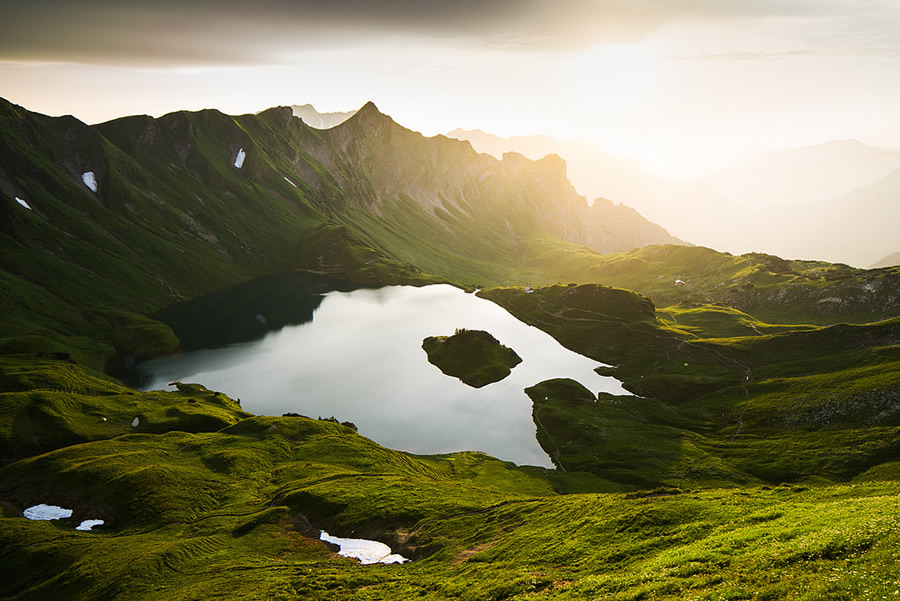
Photo by: Steffen Egly
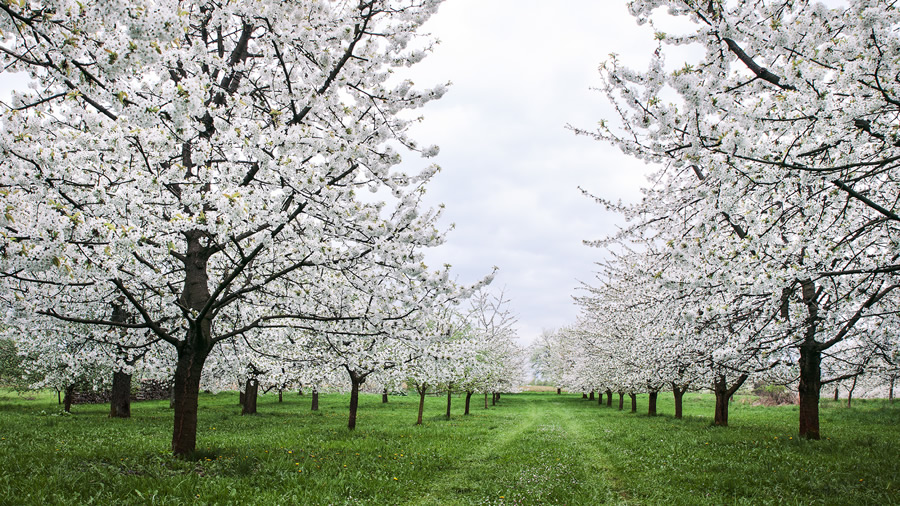
Photo by: Steffen Egly
#1 Composition and Framing
Learn to effectively change your view and create evocative pictures
a) Change your Point of View
One of the best ways to capture a unique landscape photograph is to change your perspective. We tend to take either horizontal or vertical photograph from where we stand. However, changing your view point will lend a different feel to your image. Tilt your camera, lie down and move around to see what you can get.
b) Be Selective
With a varied range of subjects in your frame it becomes difficult to narrow down to just few things that you should include. So it is necessary to understand and be selective about what you include. Go by your instinct for instance; a solitary tree or a large rock can add value to a landscape image.
c) Position different elements carefully
Apart from strong composition, it is also important to have an one main element of interest in the frame. This will ensure that a viewer’s eye does not roam aimlessly across the frame. If you are photographing a large tree, a house or a human being in an image, they should be big enough for the viewer to see and understand it.
d) Backgrounds and Foregrounds
Foregrounds and backgrounds play a crucial role in a frame. They lend context, a sense of distance and meaning to a photograph. For instance, empty space in landscape photograph may act as negative space.
While shooting a landscape, if you are unable to go close to your subject then step back and think of how you can make use of the foreground. Similarly, think of ways in which you can use a dramatic background to your advantage. Colorful skies, lush green fields, heavy clouds add magic to landscape images.
e) Frame your subjects effectively
Using natural or manmade features is an effective way to make your frame interesting. But take note of distracting details or elements like poles, rocks or people as they can ruin your image. Additionally, you can use doors, window openings, a hole in a wall, a gap in dense foliage or between trees, play of shadow on a scene as strong compositional tools.
Framing or composing is all about arranging the elements of a scene to form something visually interesting.
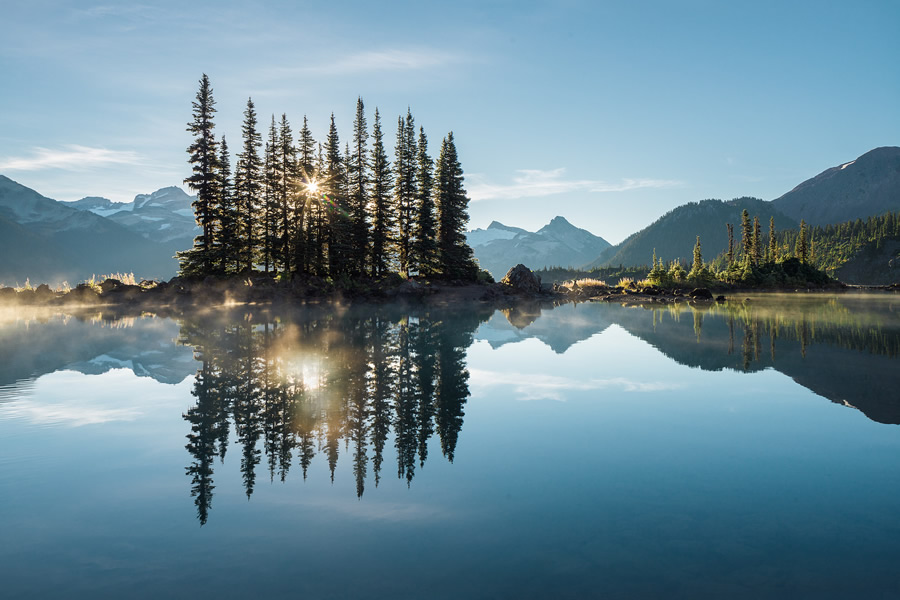
Photo by: Steffen Egly
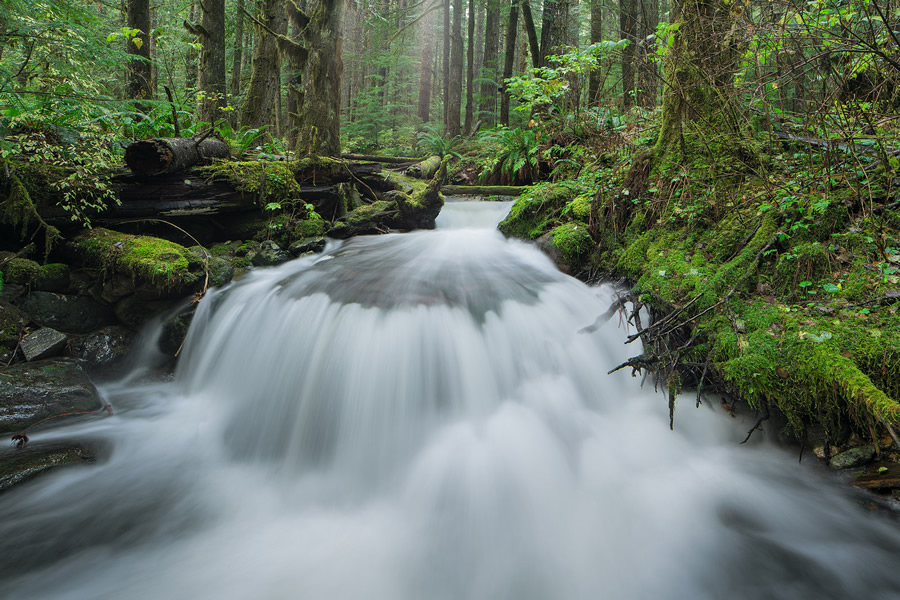
Photo by: Steffen Egly
#2 Equipment
Here are some things you must consider while packing for landscape photography.
a) The Ideal Camera
The genre often calls for high resolution DSLR, Medium or Large Format cameras to record the very details of the scenery. For digital cameras, the preferred file format is RAW, as RAW allows to record a wider dynamic range and all information is retained. With RAW, the camera does not process the file in a destructive way, all information is kept, resulting in significant high file sizes.
b) The Best Lenses
Usually wide angle lens (24 mm and 35 mm are especially popular) are used to capture the vast scenery of a landscape. For artistic expression, telephoto lenses are used to compress the scenery and emphasize certain aspects (e.g. rendering the moon very big beyond a mountain ridge). For high quality, the lenses are very often prime lenses rather than zoom lenses. Some landscape photographers however prefer medium telephoto lenses and prefer to capture a typical part of a particular scene revealing the detail of the landscape rather than use wide angle lenses that show the vastness of the scene but which lack detail and can be non-specific.
c) Essential Filters
To reduce contrast or control exposure, a split neutral density or polarizing filter are used very often. Neutral density filters are used to extend exposure and allow to include motion blur (e.g. for waterfalls or waves) in the scenery. UV and skylight type filters can also eliminate the lack of sharpness caused by UV radiation and reduces distant haze. Today, the Zone System may become obsolete for digital landscape photographers as HDR allows a very good control of contrast by combining several exposures of the scenery to one single picture.
d) A Good Tripod
A tripod and a cable release is very often used for landscape photography as this allows minimal camera shake and thus very sharp pictures.
e) Other Equipment
- A Good Camera Bag or Backpack
- A Charger and Batteries
- Suitable Rain Gear
- A Compact Clearing Kit

Photo by: Steffen Egly
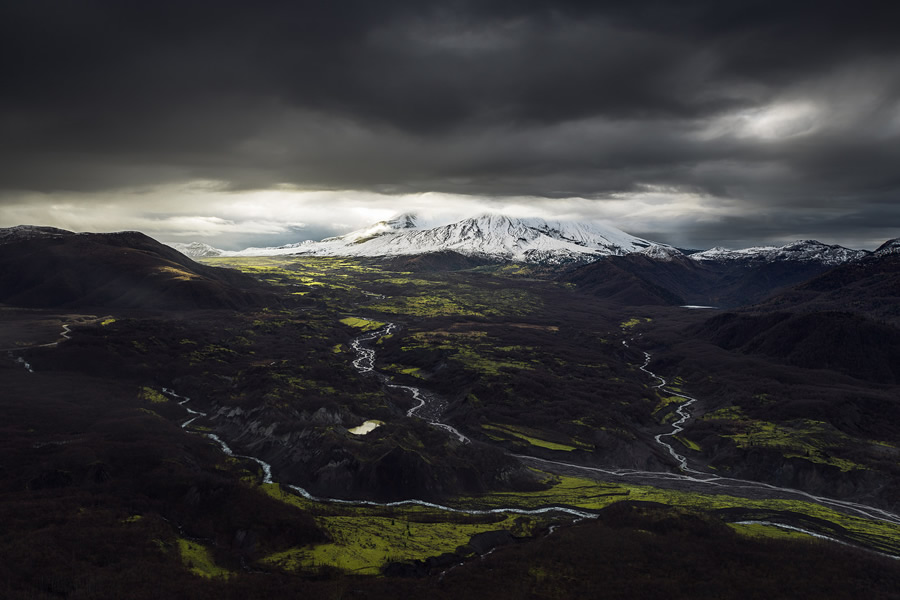
Photo by: Steffen Egly
#3 Some Quick Tips
- Practice the Art of Seeing
- Research on the location
- Consult local people
- Think and Conceptualize
- Include Skies in your frames
- Keep Horizons straight
- Shoot in RAW
- Use Color correction Filters
- Use a Tripod and Cable Release
- Use White Balance to enhance colors
- Use Small Apertures
- Shoot at different Shutter Speeds
- Use a graduated ND Filter
- Use Reflections
- Concentrate on exposures
- The effect of light
- Create depth
- Use the Hyper focal distance
- Do not stay in one place
- Shoot vertical frames too
- Avoid unnecessary distortion
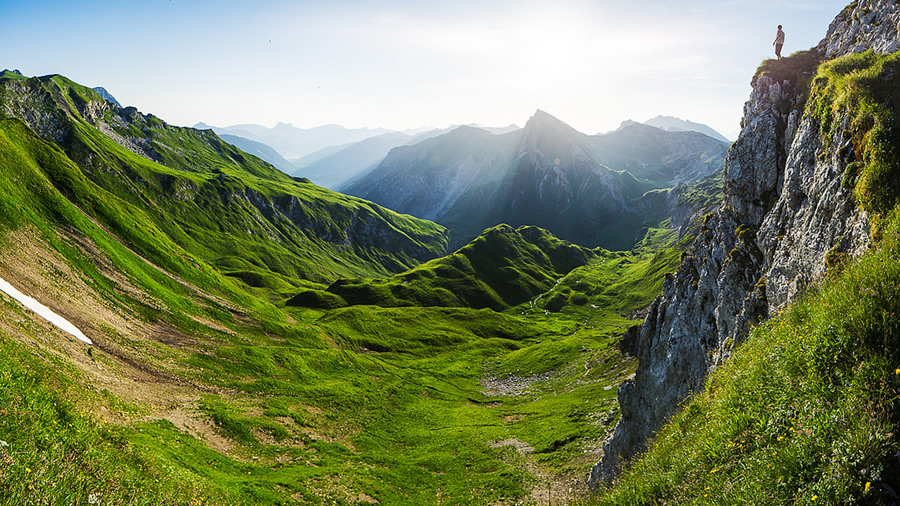
Photo by: Steffen Egly
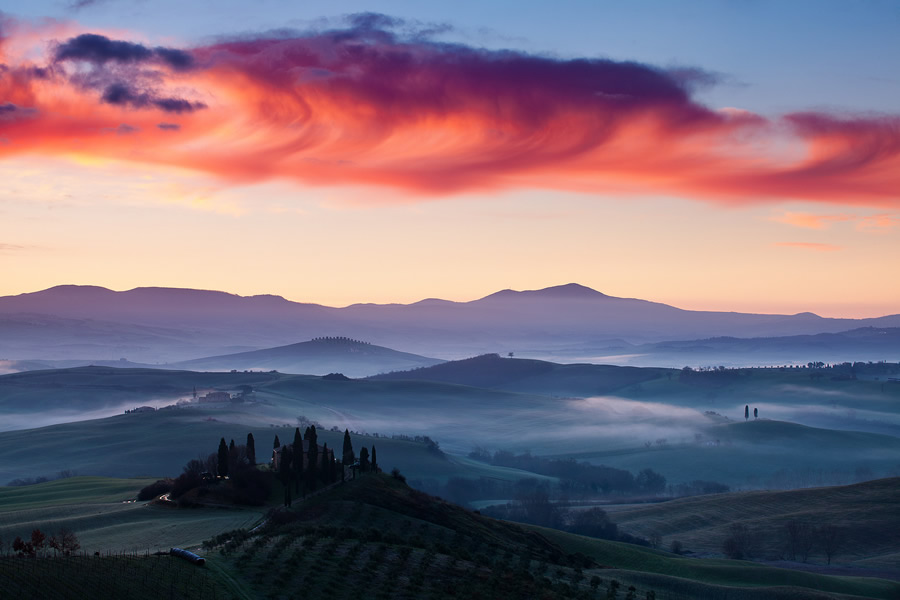
Photo by: Steffen Egly
#4 Resources & Inspirations
Please check some fantastic portfolios of popular landscape photographers and very nice tutorials in Youtube.
a) Popular Landscape Photographers
- Ansel Adams
- Mark Adamus
- Edward Weston
- Galen Rowell
- Joe Cornish
- Charlie Waite
- Jack Dykinga
- Art Wolfe
- Michael Kenna
- David Burdeny
- Guy Tal
- Michael Fatali
- Ian Cameron
- David Muench
- Tom Mackie
- Charles Cramer
- David Ward
- Kennan Ward
- Gordon Wiltsie
- Andy Mumford
- William Neill
- Michale Frye
- Jim Brandenburg
- Colin Prior
- Jay Jallorina
You have some more list? please post the links in Comment section.
b) Video Tutorials
- Landscape Photography Tips: Creative Composition
- Landscape photography- Sunsets
- Tips for Better Landscape Photography
- Scotland – landscape photography
- Photography Tips from Landscape Photographer Andy Katz
- Photography Tips on Travel and Landscape Photography – by Karl Taylor
- 9 Great Landscape Photo Tips from Calumet and Ernie Cowan
- Landscape Photography by Micki Aston
Source : Wikipedia, National Geographic, Better Photography, YouTube





4 comments
Nice tutorial. Some tips are really good.
good tips.. like the photographers work.
Great tutorial………
fabulous examples…..
As usual, a very good informative post! I like visiting your website.